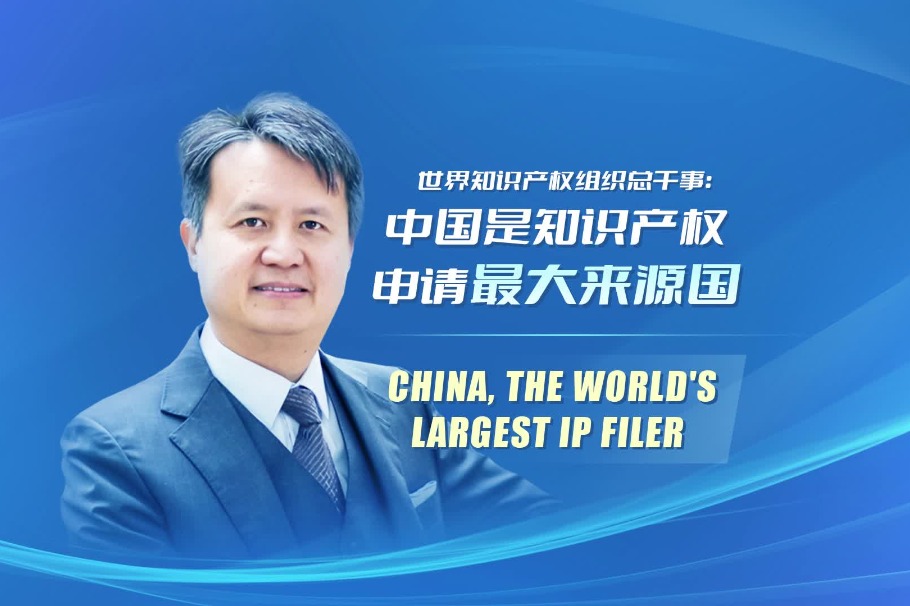Patent, trademark filings down, but approvals up

Officials credit improvements to optimized IP structures and guidelines
China saw a decrease in applications for invention patents and trademark registration during the first six months of 2019, according to the National Intellectual Property Administration.
Data from the administration show that in the first half of the year, the number of invention patent applications reached 649,000, down 9.4 percent year-on-year, and trademark filings numbered 3.44 million, a decrease of 4.1 percent over the same period last year. A NIPA official said the decrease came on the heels of a increasingly optimized intellectual property structure.

"The number of these applications meets our expectation and is the outcome of our work on optimizing filings structure and improved creation quality," said Ge Shu, head of the planning and development department at NIPA, at a news conference in Beijing on Tuesday.
To promote IP's healthy and sustainable development, NIPA has continued to reinforce the IP regulation and cracked down on illegal activities concerning patent filings and trademark registration, Ge said.
Though the applications saw a decrease, a total of 238,000 invention patents were granted from January to June, an increase of 9.9 percent year-on-year, and the number of new trademarks surpassed 3.5 million during the same period, up 67.8 percent.
The country's comprehensive strength in IP has grown steadily in the first half of 2019, said Hu Wenhui, NIPA spokesman.
According to Hu, 229 geographical indication trademarks were granted and 116 companies were authorized to use GI products. The time taken to process trademark filings has been reduced by one month to five months, compared with earlier this year.
During the six-month period, the administration accepted 24,000 international patent filings via the Patent Cooperation Treaty, up 4.9 percent year-on-year. Foreign applications for Chinese invention patents reached 78,000, up 8.6 percent year-on-year; foreign trademark filings in China numbered 127,000, which was a 15.4 percent increase over the same period last year.
The number of foreign IP applications indicates a country's IP protection level and business environment, Ge said.
"The upward trend of foreign IP applications shows foreign companies' interest in investing and developing in China," he noted.
In the first half of this year, projects involving patent-collateralized loans reported an increase of 33 percent year-on-year. Of these, projects with loans worth less than 10 million yuan ($1.45 million) accounted for 68.6 percent.
In June, the State Council called on expanding IP financing to promote innovation and the development of the real economy.
NIPA this year began collaborating with the China Banking and Insurance Regulatory Commission to roll out service policies on risk management and cooperation between banks and companies, said Zhao Meisheng, deputy director of the IP utilization promotion department at NIPA. At present, the administration is working on these policies and will publish it soon, Zhao said.




